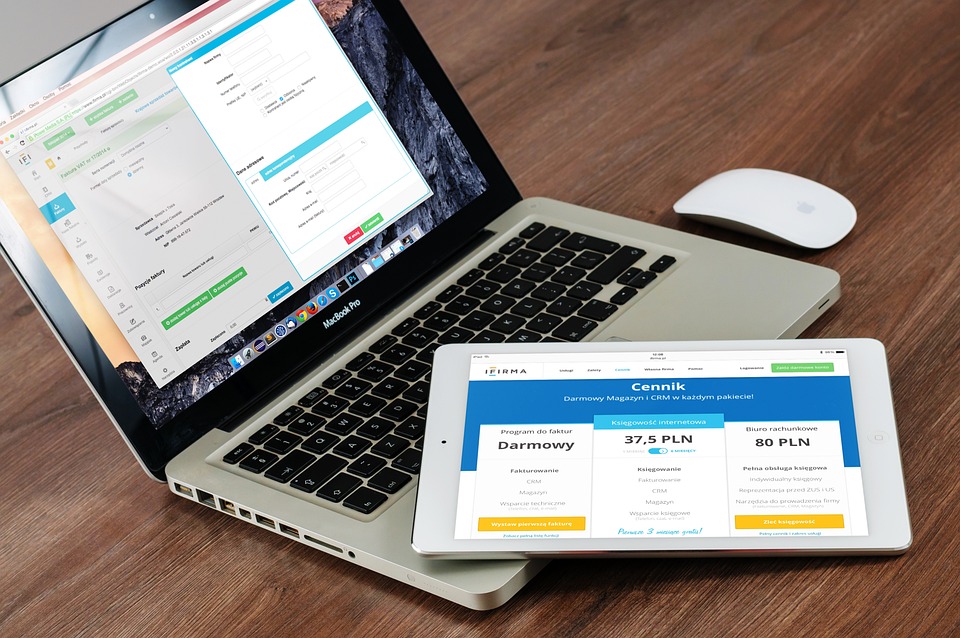In an increasingly interconnected world, creating a multi-language website is no longer just an option—it’s a necessity. Whether you’re a small business looking to expand your reach or a multinational corporation trying to cater to diverse markets, making your website accessible in multiple languages can significantly enhance user experience and drive engagement. In this blog, we’ll cover the best practices for multi-language website development and explore popular tools like WPML and Weglot that help streamline the translation process.
Why Go Multi-Language?
- Increase Your Audience Base: Websites in multiple languages can attract a broader audience, opening doors to new markets and customers.
- Improved User Experience: A localized website helps users feel more comfortable and understood. In fact, research shows that users are more likely to purchase from a site in their native language.
- Boost SEO and Traffic: Multi-language websites can rank better in search engines, as localized keywords can reach users in specific regions.
Best Practices for Multi-Language Website Development
1. Plan Your Language Strategy
Before diving into translations, it’s essential to develop a solid strategy. Determine which languages to include based on your target audience, market research, and business goals. It’s also crucial to consider cultural context—certain phrases might not translate directly and could require adaptation.
2. Use Subdirectories or Subdomains
For SEO advantages and a clear separation of content, consider using subdirectories (e.g., yoursite.com/es/) or subdomains (e.g., es.yoursite.com). This approach helps search engines index your content correctly and allows for easier tracking of website performance across languages.
3. Choose the Right Translation Method
There are several translation methods you can employ:
- Human Translation: This is the most accurate but can also be the most costly and time-consuming. It’s ideal for content that requires a high degree of nuance.
- Machine Translation: Automated translations can be fast and efficient but may lack contextual understanding. They’re suitable for less important site sections.
- Hybrid Translation: Combining human and machine translation can strike a balance between speed and accuracy.
4. Optimize for Local Search
Make sure to localize your SEO strategies for each language. This includes adapting keywords, meta descriptions, and other on-page SEO elements. Engaging local SEO experts can help you understand the nuances of search behaviors in different regions.
5. Keep Design in Mind
Ensure that your website design can accommodate different languages. Some languages are longer or have different reading directions (e.g., right-to-left languages like Arabic). Test your site’s usability across languages to guarantee a seamless experience.
6. Use Hreflang Tags
Implement hreflang tags to inform search engines about the language and regional targeting of your pages. This helps ensure users land on the right version of your site, thereby reducing bounce rates and enhancing user experience.
7. Regular Updates and Maintenance
The internet is dynamic, and content isn’t static. Regularly update and maintain translations across all languages to ensure consistency and accuracy. Having a dedicated language manager can streamline this process.
Tools for Seamless Translations
WPML (WordPress Multilingual Plugin)
WPML is one of the most popular tools for developing multi-language websites, especially for WordPress users. Its features include:
- Simplicity: WPML makes it easy to translate pages, posts, custom types, taxonomy, menus, and more from the WordPress dashboard.
- SEO Friendly: It allows you to optimize multilingual SEO through the proper implementation of hreflang tags.
- E-commerce Support: WPML provides robust support for WooCommerce, allowing you to create multi-language online stores effortlessly.
Weglot
Weglot stands out due to its capacity to provide instant translations and is known for its user-friendly interface. Key features include:
- Quick Setup: Get started with just a few clicks, making it ideal for those with limited technical expertise.
- Automatic and Manual Translation: You can start with automated translations and adjust them as needed, ensuring accuracy and context.
- SEO Optimization: Weglot takes care of SEO for translated pages, helping your site rank correctly across different languages.
Conclusion
In today’s global marketplace, a multi-language website is vital for attracting and retaining a diverse audience. By adhering to best practices in multi-language development and utilizing powerful tools like WPML and Weglot, you can create a seamless and engaging experience for users from various linguistic backgrounds. Ultimately, investing in multi-language capabilities not only enhances user satisfaction but also contributes to your business’s growth and success on a global scale.
Embrace the challenge and watch your online presence flourish!
By implementing these strategies, your website can overcome language barriers and truly connect with a global audience. What are your experiences with multi-language websites? Share your thoughts in the comments below!




